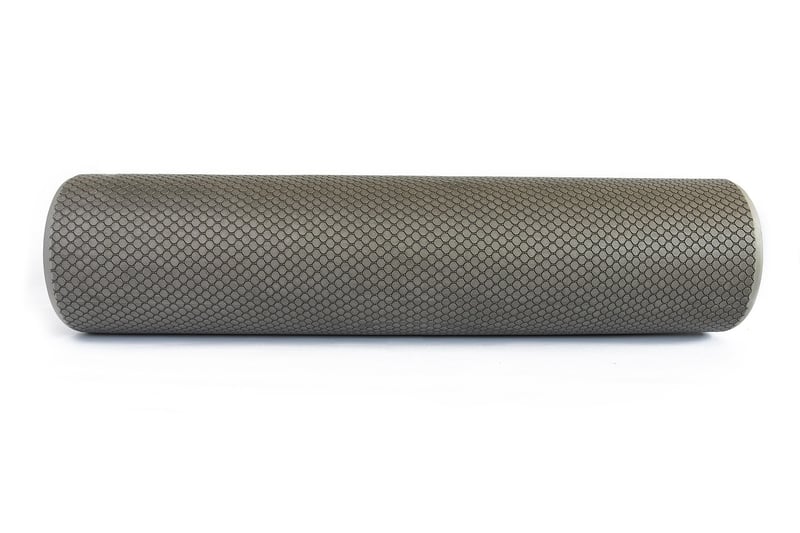Myofascial Release
Tension-Relieving Practices and Myofascial Release
Modern life can often take a toll on our bodies, leading to built-up tension and discomfort. In such cases, incorporating tension-relieving practices like myofascial release into your routine can work wonders. Let's explore how this technique can help you find relief and improve your overall well-being.
Understanding Myofascial Release
Myofascial release is a therapy that targets the fascia, the connective tissue that surrounds muscles, bones, and organs in the body. By applying gentle, sustained pressure to the myofascial connective tissue, this technique aims to alleviate pain and restore motion.
Benefits of Myofascial Release
- Relieves muscle tension
- Improves flexibility and range of motion
- Reduces pain and discomfort
- Enhances recovery from workouts or injuries
- Promotes relaxation and stress relief
Practicing Myofascial Release
You can practice myofascial release using various tools such as foam rollers, massage balls, or specialized myofascial release balls. By targeting specific areas of tension or discomfort, you can release tightness and improve circulation in those areas.
Additional Tension-Relieving Practices
In addition to myofascial release, incorporating other tension-relieving practices into your routine can further enhance your well-being. These may include:
- Yoga and stretching exercises
- Meditation and deep breathing techniques
- Regular massages or self-massage techniques
- Warm baths with Epsom salts
- Practicing mindfulness and staying active
Conclusion
By incorporating myofascial release and other tension-relieving practices into your daily routine, you can effectively manage stress, reduce muscle tension, and improve your overall quality of life. Remember to listen to your body's needs and consult a healthcare professional if you have any underlying health conditions.


